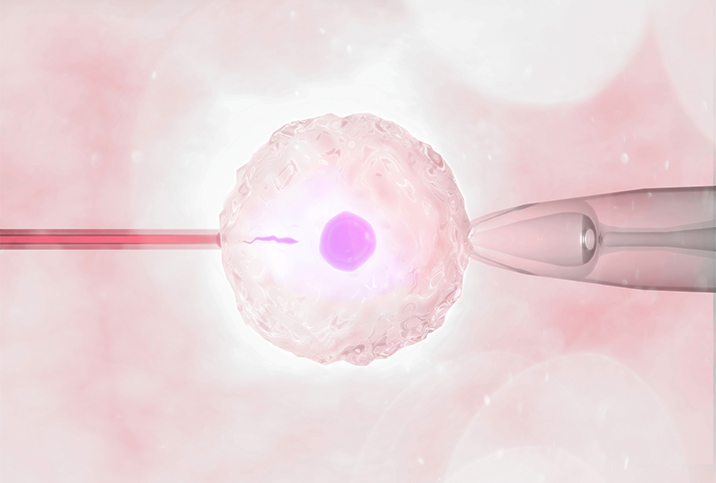The Basics of Heart Disease

It is no secret that the heart is one of the most vital organs. This powerhouse pumper has the massive undertaking of being responsible, in a way, for the rest of the body's operations.
Though the heart is typically good at its job, many factors can compromise it and lead to a domino effect on other parts of the body, such as the reproductive, nervous, respiratory and gastrointestinal systems.
One of the most prevailing threats to the heart is heart disease, which includes a plethora of physical conditions. They occur with great frequency in the United States, costing the country about $200 billion annually in healthcare services and lost productivity.
Fighting heart disease is an uphill battle but a necessary one to avoid complications with procreation, neurological operations, breathing and digestion.
What is the function of the heart?
Slightly larger than the size of a fist, the heart is situated on the left side of your chest and is protected by the ribcage. It's surrounded by three tissue layers: the endocardium, myocardium and epicardium. Those are in addition to the pericardium, which is a slim lining located on the surface.
Within the heart are four chambers, two on each side, separated by a central barrier of muscle known as the septum. The bottom chambers are the ventricles and the upper are the atria.
Once the body has depleted circulating blood of its oxygen, the blood is sent to the right side of the heart. It then makes a pit stop at the lungs to replenish what was lost before moving back to the left side of the heart, where it can be reused for circulation. Each heartbeat pumps blood to all other areas of the body, carrying with it vital nutrients and oxygen.
Concurrently, the heart acts as a filter for carbon dioxide and other waste.
Within the circulatory system, the heart is unquestionably the most important element. Along with transporting blood through chains of blood vessels comprising the veins, arteries and capillaries, the organ stabilizes blood pressure and heart rate with the help of both the endocrine and nervous systems. These processes are controlled by the brain and nervous system.
If the heart malfunctions or fails, everything else begins to shut down, because the heart fuels the rest of the body.
What is heart disease?
Heart disease is a group of conditions that negatively impact the heart. Some are present at birth; others develop over time due to both environmental and biological factors. To be considered a heart disease, a condition must compromise cardiac function in one way or another. They present at varying levels of severity, ranging anywhere from mild discomfort to major impairments—sometimes, even to death.
Heart disease is serious and can affect various aspects of heart functionality and anatomy. Any part of the heart itself or the overall cardiovascular system is susceptible to damage, making the identification and treatment of heart disease a crucial process.
Importantly for both men and women, heart disease is a contributor to sexual dysfunction. The narrowing of arteries and any diminished blood flow can lead to erectile dysfunction (ED) in men and problems with arousal and sensation in women. Plus, shortness of breath and other symptoms can make sexual activity uncomfortable and worrisome.
Risks and causes
Identifying your own risk of heart disease is of utmost importance. To do so, consider the five major risk factors, according to Daniel L. Kulick, M.D., a board-certified cardiologist with Providence Mission Hospital in Mission Viejo, California.
Also, know the medical history of everyone in your family tree.
"The big one we can't do a darn thing about is heredity," he said. "What we're really looking for is people who have had heart attacks, bypass surgery, stent procedures or maybe just unexplained sudden death at a relatively young age, typically less than 70 or 75."
Kulick detailed the other four preventable heart disease risks:
- Smoking
- Uncontrolled diabetes
- High blood pressure (hypertension)
- High "bad" cholesterol, or low-density lipoprotein (LDL) cholesterol, which is separate from the "good" high-density lipoprotein (HDL) type
"The simplistic way I tell people is the LDL is the part of the cholesterol that deposits in your arteries, and it's almost like scavenger cholesterol that's designed to take it out of your blood to be excreted by the liver and biliary system," Kulick said.
With recent trends of lowered smoking rates, he claimed most preventable heart disease cases he sees are caused by hypertension and high LDL cholesterol.
Types of heart disease
It pays to be aware of the various types of heart disease.
The condition of primary concern is coronary artery disease (CAD), according to Steven Gundry, M.D., a cardiothoracic surgeon turned author and podcast host in California, and the founder and director of the International Heart and Lung Institute as well as the Center for Restorative Medicine.
CAD is sometimes known as coronary heart disease (CHD) and it involves the narrowing of the blood vessels around the heart. This happens when there's a buildup of plaque (atheroma) impeding blood supply.
Following CAD comes valvular heart disease, which has three subcategories: stenosis (narrowing), prolapse (displacement) and regurgitation (leaking).
Overall, the function of valves is to allow blood to come out of the heart. The valves, four in total, separate each heart chamber to facilitate a one-way flow of blood and prevent cross-contamination between oxygenated and nonoxygenated blood. They do this by opening and closing accordingly during heartbeats.
The third variety of heart disease Gundry identified is known as cardiomyopathy, in which the heart muscle becomes progressively weaker and may necessitate a heart transplant if left untreated. This degeneration happens when the myocardium (heart muscle) hardens, grows in size or thickens, and causes the heart to lose its ability to efficiently distribute blood throughout the body.
Gundry noted the buzz about this disease has increased since the onset of COVID-19 because cardiomyopathy is a known complication.
Heart disease isn't always dire, but if it is prolonged or advanced, it can lead to heart failure. The degree of failure is often categorized in proportion to symptom severity according to the standards set by the New York Heart Association Functional Classification.
Within these standards, patients are evaluated based on constraints during physical activity. One subset describes the prevalence of symptoms, such as fatigue and shortness of breath, while the other details the existing evidence of heart disease.
Facts and stats
The repercussions of heart disease are devastating and widespread. For women, men and most racial and ethnic groups in the United States, it is the leading cause of death, though it occurs most frequently in non-Hispanic white people. About 1 in 5 deaths in 2020 were attributable to heart disease, equal to about 697,000 people.
Many people have cardiac episodes, such as heart attacks and strokes, and are unaware of them, which is why it's paramount to determine your degree of risk and communicate with doctors to prevent more serious consequences.
Giddy Telehealth is an easy-to-use online portal that provides access to hundreds of healthcare professionals whose expertise covers the full scope of medical care, including heart health.


















